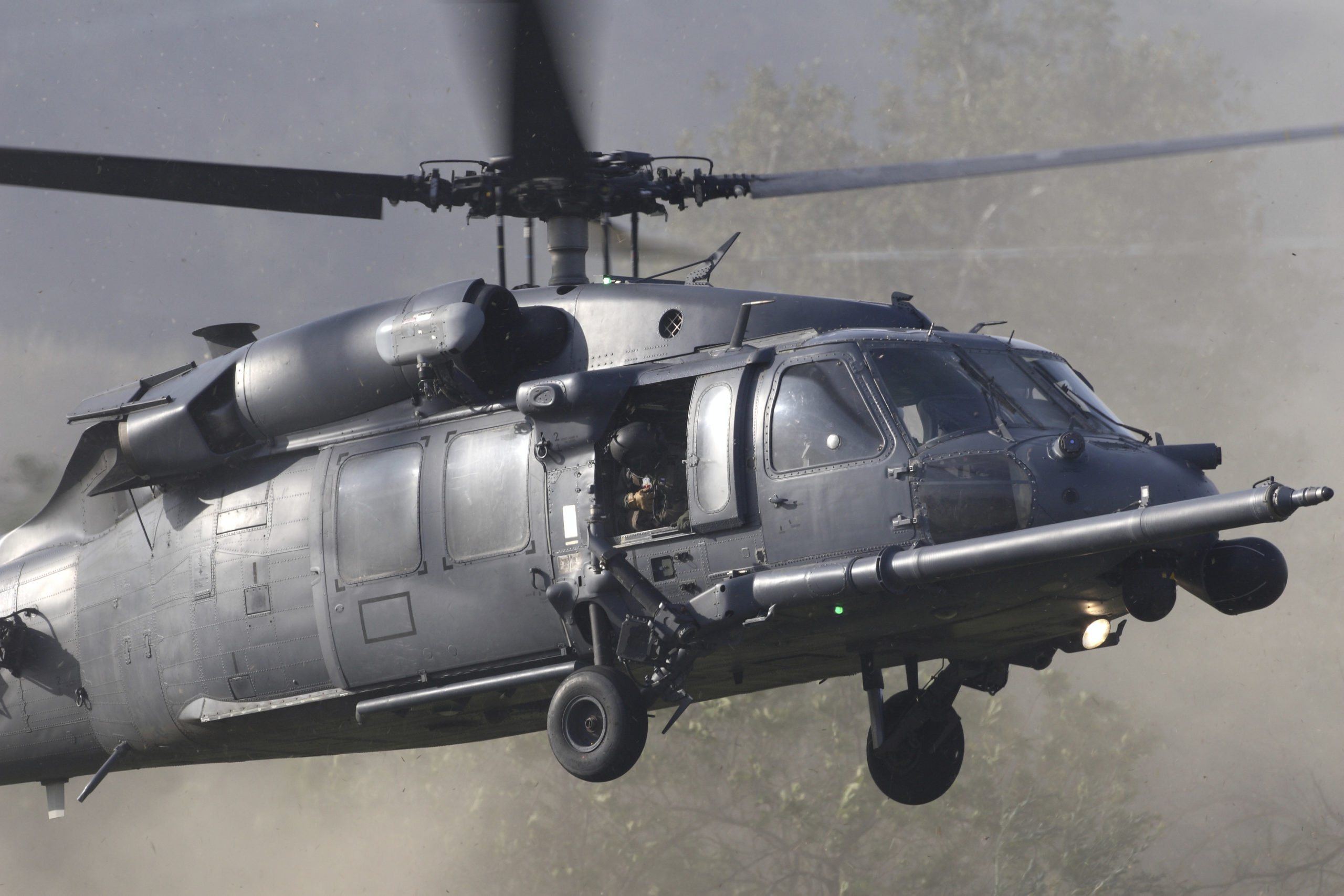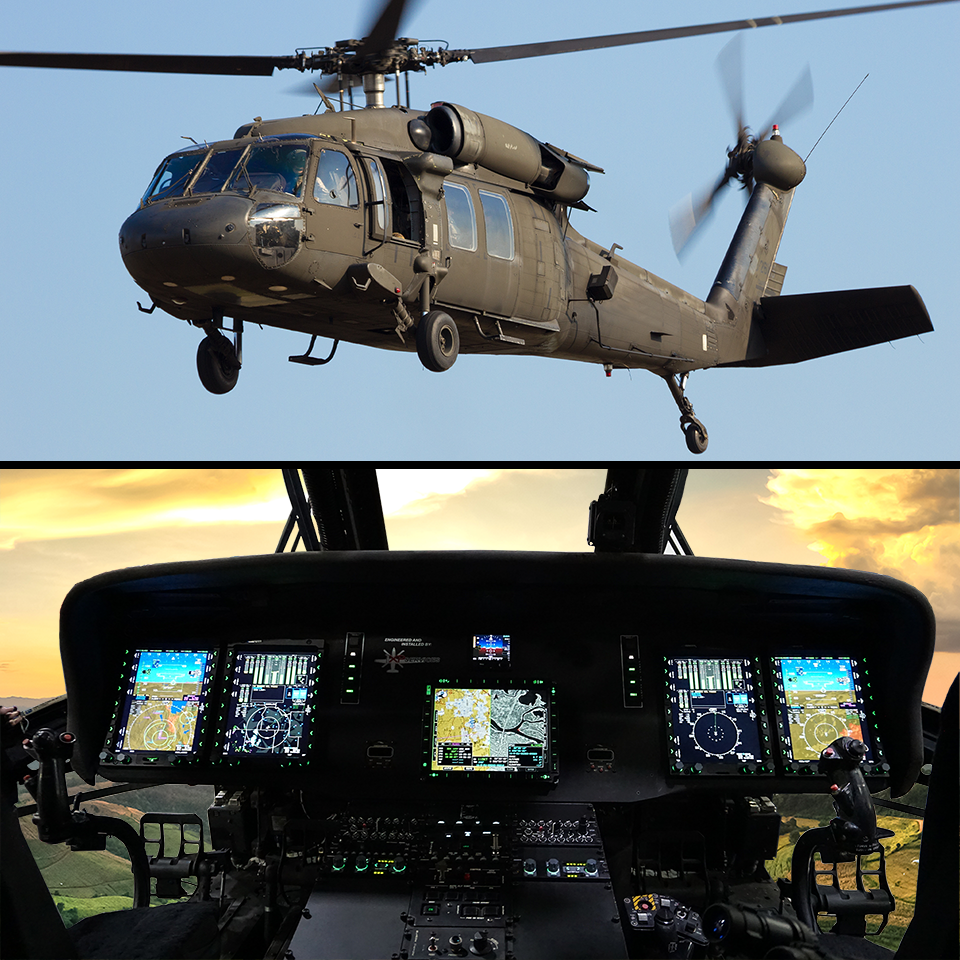Why the UH 60 Is Essential for Modern Armed Forces and Special Operations
Why the UH 60 Is Essential for Modern Armed Forces and Special Operations
Blog Article
Discovering the History and Advancement of the UH 60 Helicopter

Beginnings of the UH-60
The origins of the UH-60 helicopter can be traced back to the late 1960s, a duration marked by the need for a flexible utility airplane that could adapt to the progressing needs of modern-day war. The U.S. Army acknowledged the need for a replacement for the older UH-1 Iroquois, which was becoming progressively poor for the intricacies of contemporary combat situations. In 1967, the Army started the Utility Tactical Transport Aircraft System (UTTAS) program, which sought to establish a multi-role helicopter with the ability of various missions, including army transportation, clinical evacuation, and logistical support.
The style competition drew in a number of aerospace producers, however it was Sikorsky Aircraft Corporation that ultimately protected the contract in 1972. The UH-60 Black Hawk was introduced, showcasing innovative layout aspects and progressed modern technology that established it besides its precursors. Its first flight occurred in 1974, and the airplane was officially adopted by the Military in 1979. The UH-60 swiftly acquired recognition for its durable performance, reliability, and flexibility, leading the way for its comprehensive use in army operations and solidifying its standing as a foundation of U.S. Military air travel.
Key Layout Attributes
Innovative layout features of the UH-60 Black Hawk considerably add to its operational efficiency. Among one of the most noteworthy aspects is its twin-engine configuration, which enhances reliability and offers a greater power-to-weight ratio, allowing the helicopter to execute under various problems. The airplane's four-blade main rotor system supplies improved lift and ability to move, important for tactical goals.

In addition, the cabin is designed for optimal presence and functional designs, featuring innovative avionics that enhance pilot operations. The modular style of the UH-60 enables very easy upkeep and versatility, making it appropriate for various goal accounts, from troop transportation to medevac operations. These crucial design functions ensure that the UH-60 Black Hawk stays a trustworthy and flexible property in military air travel, qualified of meeting the needs of modern warfare.
Technical Advancements
Recent technical innovations in the UH-60 Black Hawk have substantially boosted its operational capabilities and adaptability. The assimilation of advanced avionics, such as digital trip control systems and boosted situational recognition displays, enables pilots to operate with raised precision and efficiency. These systems assist in boosted navigating, communication, and data sharing, allowing the helicopter to work properly in diverse atmospheres.
Additionally, the introduction of composite materials has actually reduced the overall weight of the airplane while keeping architectural integrity. This decrease enhances fuel effectiveness and expands functional array. The unification i thought about this of advanced rotor technology, including using four-blade, fully articulated rotor systems, has improved lift performance and ability to move, enabling far better handling in numerous trip problems.

Additionally, developments in propulsion systems, such as the T700-GE-701D engines, have enhanced power output and integrity - uh 60. These engines add to remarkable performance in hot-weather and high-altitude problems
Finally, the assimilation of self-defense systems and improved sensor bundles enhances the Black Hawk's survivability and goal performance. Collectively, these technical enhancements guarantee that the UH-60 Black Hawk remains a vital property in contemporary aviation, with the ability of adapting to the evolving needs of altruistic and armed forces missions.
Duty in Military Procedures
As the backbone of united state Army aviation, the UH-60 helicopter plays a critical duty in different army operations, acting as a functional platform for combat assistance, transportation, and medevac goals - uh 60. Its layout integrates the capability to run in varied environments, making it essential for army motion and logistical support in both unconventional you can try these out and conventional war

In medical discharge circumstances, pop over to these guys the UH-60 has verified vital, dramatically minimizing the time to transfer damaged soldiers from the combat zone to medical facilities. Its advanced avionics and evening vision abilities even more ensure goal success under tough conditions. In general, the UH-60 helicopter remains a vital property, continually adapting to meet the progressing demands of military procedures and boosting the performance of united state pressures worldwide.
Future of the UH-60
Looking in advance, the future of the UH-60 helicopter includes considerable improvements in technology and capacities made to boost its operational performance. As armed forces operations progress, the UH-60 is anticipated to integrate advanced modern technologies, including enhanced avionics, enhanced weapons systems, and progressed communication tools. These improvements will enable for better situational awareness and objective flexibility, guaranteeing that the UH-60 stays a vital possession on the battlefield.
One significant development is the combination of fly-by-wire systems, which will certainly boost flight control precision and minimize pilot work. Efforts to update the airframe and engines intend to raise range, speed, and payload capacity, thus broadening the helicopter's operational range.
The future likewise holds pledge for raised interoperability with unmanned airborne systems (UAS), making it possible for coordinated missions that leverage both manned and unmanned capabilities. Furthermore, the unification of fabricated knowledge and artificial intelligence could optimize flight characteristics and upkeep procedures, resulting in minimized operational expenses.
Final Thought
The UH-60 Black Hawk helicopter stands for a substantial success in army aeronautics, advancing from the united state Military's preliminary requirements for a versatile energy aircraft. Its innovative layout attributes and constant technological innovations have guaranteed its importance in various armed forces operations over the years. As the demands of modern war modification, the future of the UH-60 will likely involve more enhancements and adjustments, strengthening its status as a vital possession for militaries worldwide.
The UH-60 Black Hawk helicopter stands for a considerable milestone in army air travel, arising from the U.S. Military's mission for an extra flexible and reputable utility airplane in the late 20th century.The origins of the UH-60 helicopter can be traced back to the late 1960s, a duration marked by the demand for a flexible energy aircraft that might adapt to the evolving demands of modern-day warfare. Generally, the UH-60 helicopter remains a crucial asset, constantly adjusting to meet the progressing needs of armed forces procedures and enhancing the efficiency of United state forces worldwide.
Looking in advance, the future of the UH-60 helicopter involves considerable innovations in innovation and capacities designed to improve its functional effectiveness.The UH-60 Black Hawk helicopter represents a considerable achievement in armed forces aeronautics, developing from the United state Army's preliminary requirements for a functional utility aircraft.
Report this page